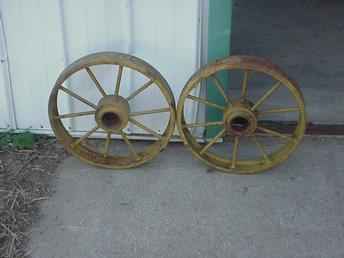
Finding the Perfect Tires and Wheels for Cars, Trucks, and SUVs
When it comes to maintaining or upgrading your vehicle, few decisions are more important than choosing the right tires and wheels. Whether you’re driving a compact sedan, a full-size truck, or a family SUV, your tire and wheel combination has a direct impact on handling, safety, fuel efficiency, and overall ride quality. This article will explore everything you need to know about selecting, maintaining, and upgrading your tires and wheels so you can make an informed, performance-enhancing decision.
For car owners, tire selection often centers around ride comfort, road noise, and fuel efficiency. All-season tires are the most common choice, offering year-round performance in mild conditions. If you drive in an area with frequent snow or rain, consider touring tires or performance all-seasons that offer better wet grip and hydroplaning resistance. Lightweight alloy wheels not only improve looks but also reduce unsprung weight, leading to more responsive handling. Just be sure to choose wheels with the correct bolt pattern and offset to avoid rubbing or clearance issues.
Truck drivers must factor in payload, terrain, and usage frequency when selecting tires. Whether you’re pulling a trailer, hauling lumber, or driving on gravel roads, the tires must be durable, puncture-resistant, and rated for higher load capacities. A/T and M/T tires excel in these categories, though they may be noisier than highway-terrain (H/T) options. Wheels should be strong and corrosion-resistant—steel wheels are ideal for work trucks, while alloys balance strength with visual appeal for everyday drivers. Consider beadlock options if you frequently air down your tires for off-road adventures.
SUV drivers often straddle the line between passenger car comfort and truck-level utility. Because of their higher weight Visit the link and center of gravity, SUVs benefit from tires with reinforced sidewalls and tread patterns designed for both highway and light off-road use. Look for all-season or highway terrain tires that reduce noise and improve fuel economy without sacrificing traction. When upgrading wheels, choose diameters that match your tire profile to avoid impacting ride comfort or speedometer accuracy. Avoid oversized wheels unless you’re willing to accept a firmer ride and reduced sidewall protection.
Regular maintenance is essential for prolonging tire and wheel life. Rotate your tires every 5,000 to 7,500 miles, and always ensure proper alignment and inflation. Under-inflated tires reduce fuel economy and wear prematurely, while over-inflated ones lead to poor traction and harsher rides. Clean your wheels regularly to prevent corrosion—especially in winter months when road salt is common. Inspect for cracks, punctures, and tread wear patterns, and replace tires that show signs of damage or aging, even if the tread looks adequate.
At the end of the day, your tire and wheel setup should match your driving needs, environment, and vehicle type. Don’t buy purely on price—consider performance ratings, tread life warranties, and brand reputation. Reputable tire manufacturers like Michelin, Goodyear, BFGoodrich, and Pirelli offer options tailored to nearly every driving style. Likewise, top wheel brands like Enkei, Method, and American Racing provide strength and aesthetics in equal measure. Choose wisely, and you’ll enjoy a smoother, safer, and more enjoyable drive.